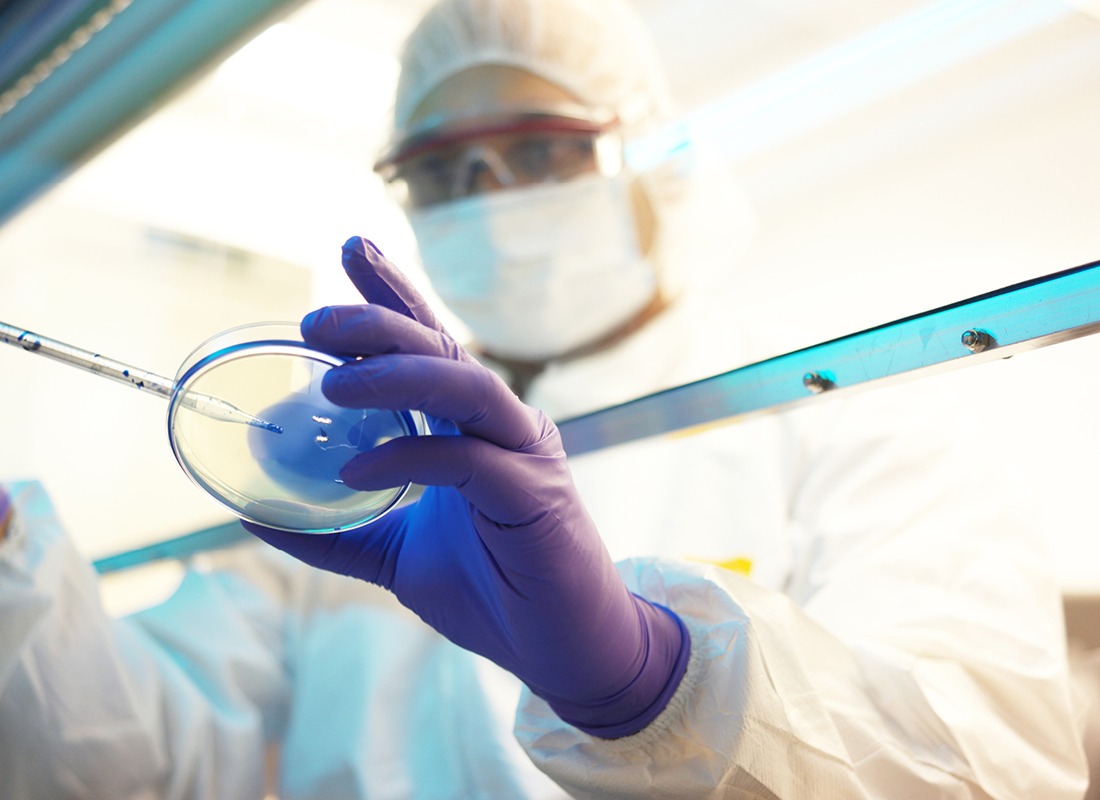New Study Supports Accuracy of COVID-19 Testing on Self-Collected Nasal Samples
At-home specimen collection for SARS-CoV-2 diagnostic testing requires a leap of faith, namely, that patients can do an adequate job of self-collecting the nasal and nasopharyngeal samples on which testing is performed. But a new study suggests this may not be all that big a leap of faith after all. The Diagnostic Challenge The most reliable and widespread method for detecting the SARS-CoV-2 virus is reverse transcription polymerase chain reaction (RT-PCR) testing performed on tissue samples collected from the patient’s nasal passages. The common consensus is that it takes a healthcare professional to perform this operation. However, there is a price to pay. In addition to tying down desperately needed trained laboratory personnel, relying on professionals to collect test samples: Directly exposes sample collectors to risk of contracting the virus from the patient; Requires them to utilize N95 masks and other precious personal protective equipment; and Requires patients to leave their homes and travel to a healthcare treatment or collection site. Will Self-Collection Yield Accurate Test Results? Home collection eliminates all of these problems. But it also carries a risk to the extent it is based on the premise that patients are actually capable of swabbing their own nostrils. The […]

At-home specimen collection for SARS-CoV-2 diagnostic testing requires a leap of faith, namely, that patients can do an adequate job of self-collecting the nasal and nasopharyngeal samples on which testing is performed. But a new study suggests this may not be all that big a leap of faith after all.
The Diagnostic Challenge
The most reliable and widespread method for detecting the SARS-CoV-2 virus is reverse transcription polymerase chain reaction (RT-PCR) testing performed on tissue samples collected from the patient’s nasal passages. The common consensus is that it takes a healthcare professional to perform this operation. However, there is a price to pay. In addition to tying down desperately needed trained laboratory personnel, relying on professionals to collect test samples:
- Directly exposes sample collectors to risk of contracting the virus from the patient;
- Requires them to utilize N95 masks and other precious personal protective equipment; and
- Requires patients to leave their homes and travel to a healthcare treatment or collection site.
Will Self-Collection Yield Accurate Test Results?
Home collection eliminates all of these problems. But it also carries a risk to the extent it is based on the premise that patients are actually capable of swabbing their own nostrils. The new study, which was published in the June 12 The Journal of the American Medical Association, the validity of that premise.
Researchers at the Stanford University School of Medicine enlisted participants whom had previously tested positive for the SARS-CoV-2 virus. After contacting them by phone, they provided the participants a set of written instructions and a short video about how to collect a nasal swab for testing.
Participants were then asked to return to Stanford Health Care for drive-through testing. At that visit, participants collected their own specimens by swabbing both nostrils. A physician then collected two additional samples using a nasal swab and a swab applied to the back of the throat and the tonsils. All three samples were then tested for the presence of the virus.
The Study Findings
The researchers found that self-collection was effective. Thus, of the 30 participants, 29 received identical results for all three samples. Eleven of the participants were positive, and 18 were negative. One participant’s self-collected swab at the drive-through site revealed the presence of the virus, whereas the two swabs collected by the physician tested negative.
The researchers also studied how long an infected person would test positive for the COVID-19 after first experiencing symptoms. Twenty-three participants reported that they first experienced symptoms between four and 37 days prior to returning for the drive-through test. The timing of symptom onset was unavailable for seven of the participants. Of the 12 people who returned within two weeks after symptoms began, seven tested positive; of the 11 people who returned for testing more than two weeks after symptom onset, only two tested positive.
Takeaway
The Stanford researchers were quick to point out that the preliminary findings were limited by small sample size, have limited generalizability, and need to be validated further in diverse clinical settings. These validation efforts are currently under way at Stanford, they noted. Still, while advocates of at-home COVID-19 sample collection methods should not be popping the champagne corks just yet, these preliminary results are encouraging and suggest that patients are, in fact, capable of collecting their own samples without need of a trained healthcare professional.
| At-Home COVID-19 Nasal Collection Kits with FDA Emergency Use AuthorizationAs of June 18, five test manufacturers have received Emergency Use Authorization from the FDA for an at-home nasal sample collection kit for COVID-19 testing:
EUA COVID-19 Nasal Self-Collection Kits |
||
| EUA Date | Company | Product |
| April 21 | LabCorp | COVID-19 RT-PCR test, originally authorized March 16 + reissued as at-home self-collection kit on April 21 |
| May 15 | Everlywell, Inc. | Everlywell COVID-19 Test Home Collection Kit |
| May 28 | Quest Diagnostics | Self-collection Kit for COVID-19 |
| May 28 | PrivaPath Diagnostics, Inc. | LetsGetChecked Coronavirus (COVID-19) Test |
Subscribe to Clinical Diagnostics Insider to view
Start a Free Trial for immediate access to this article